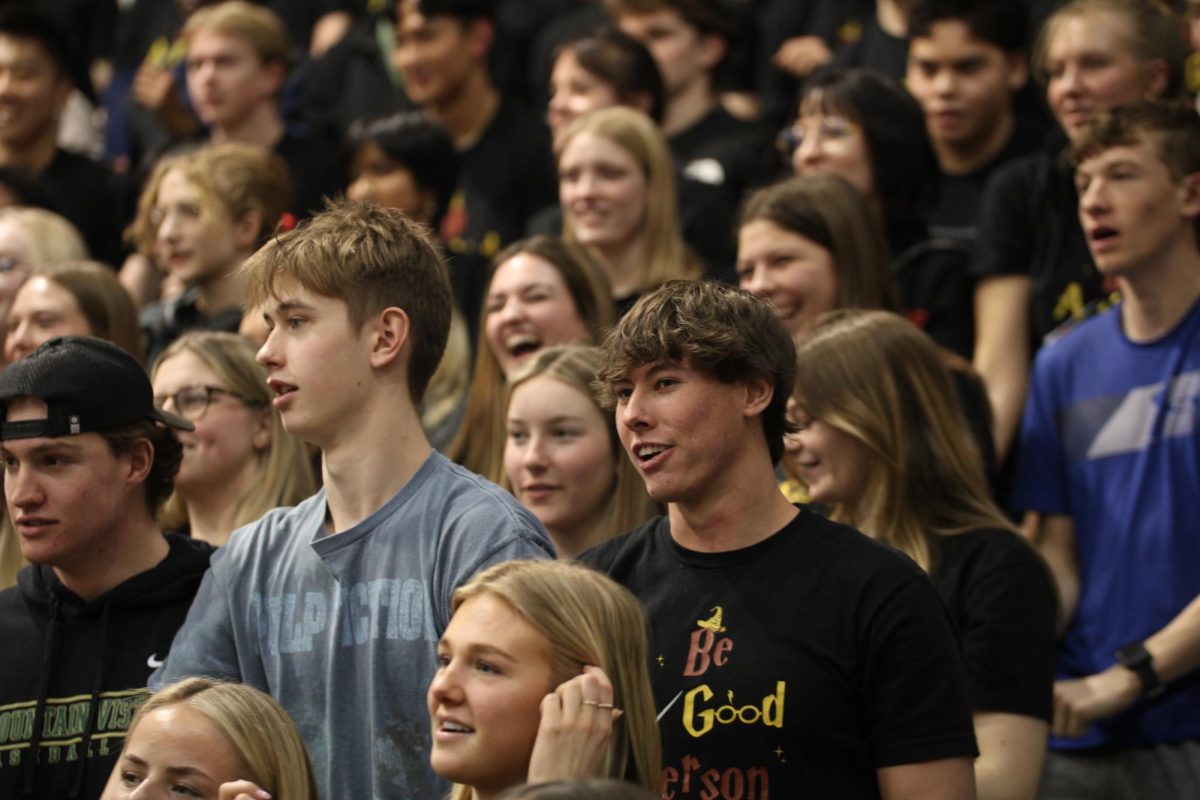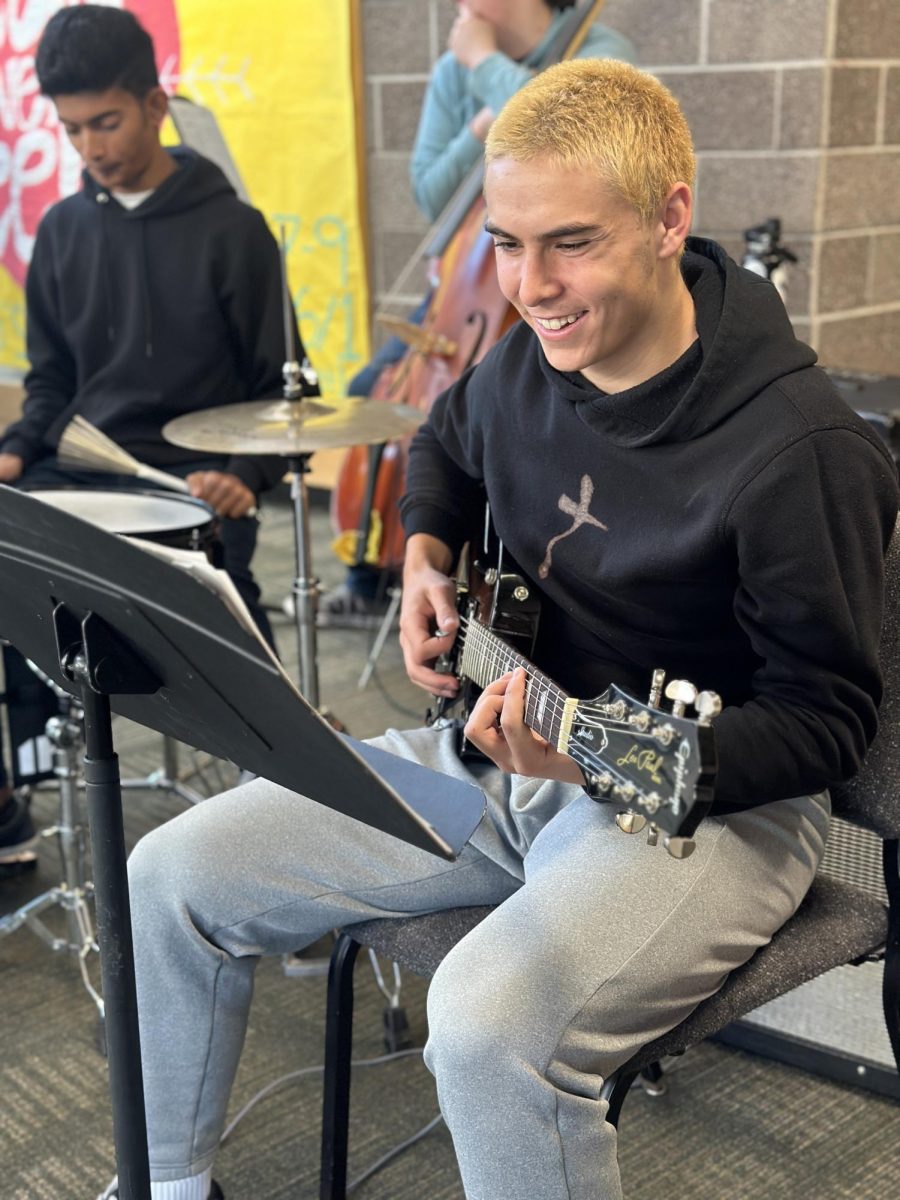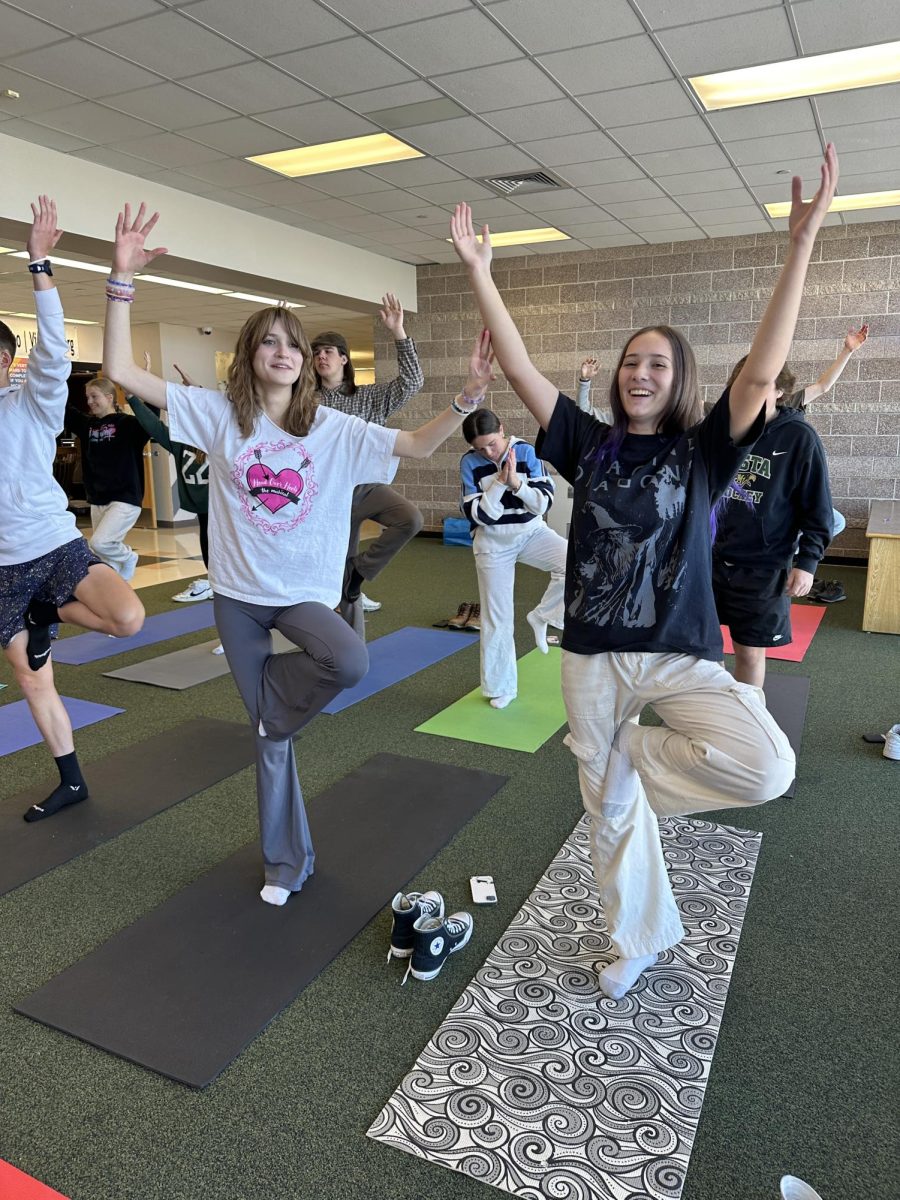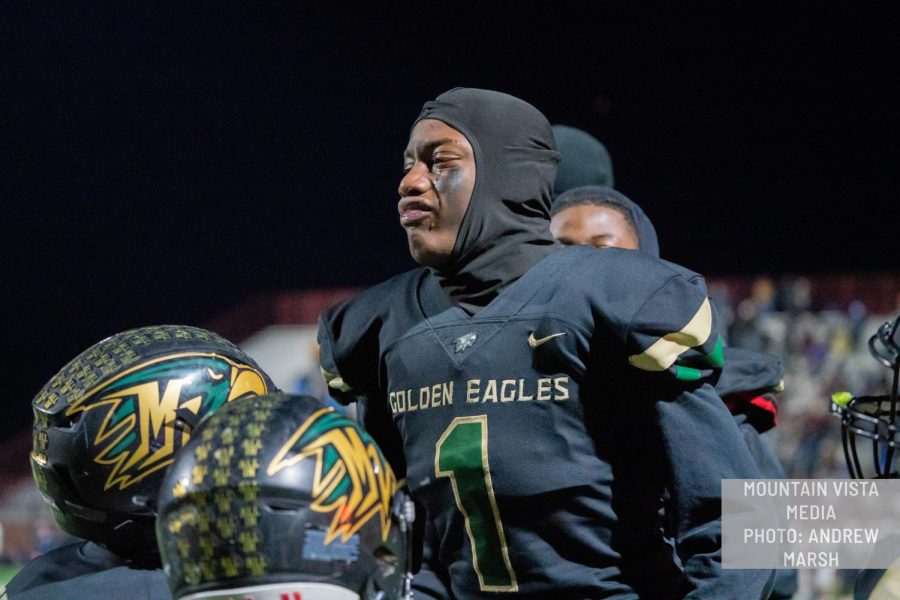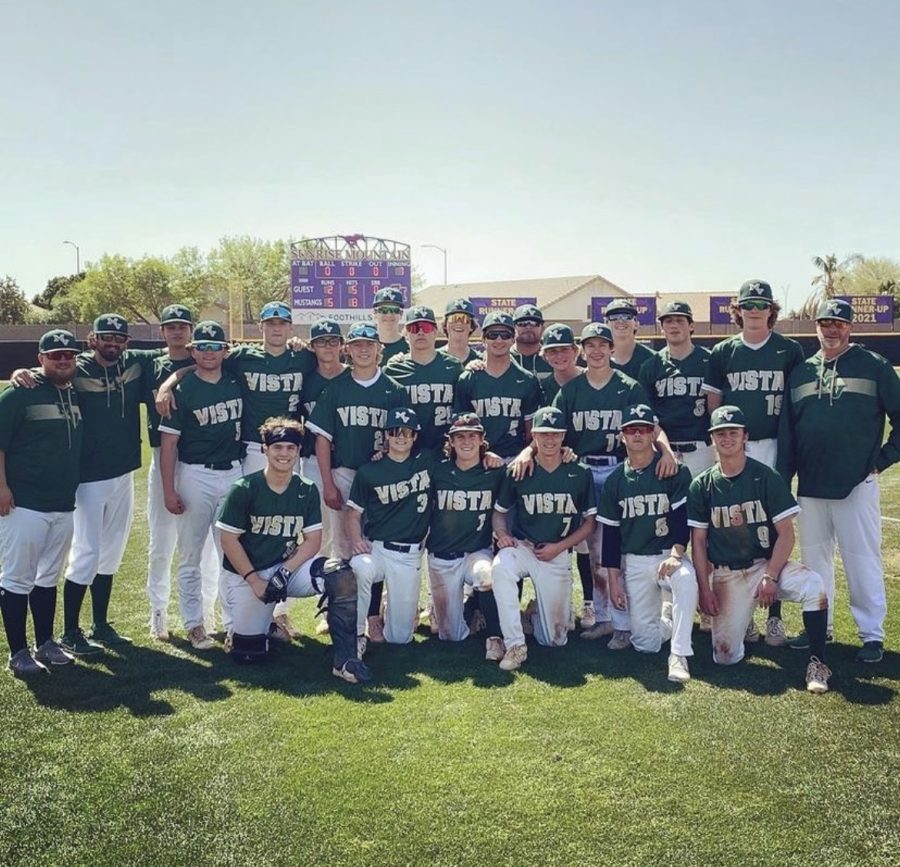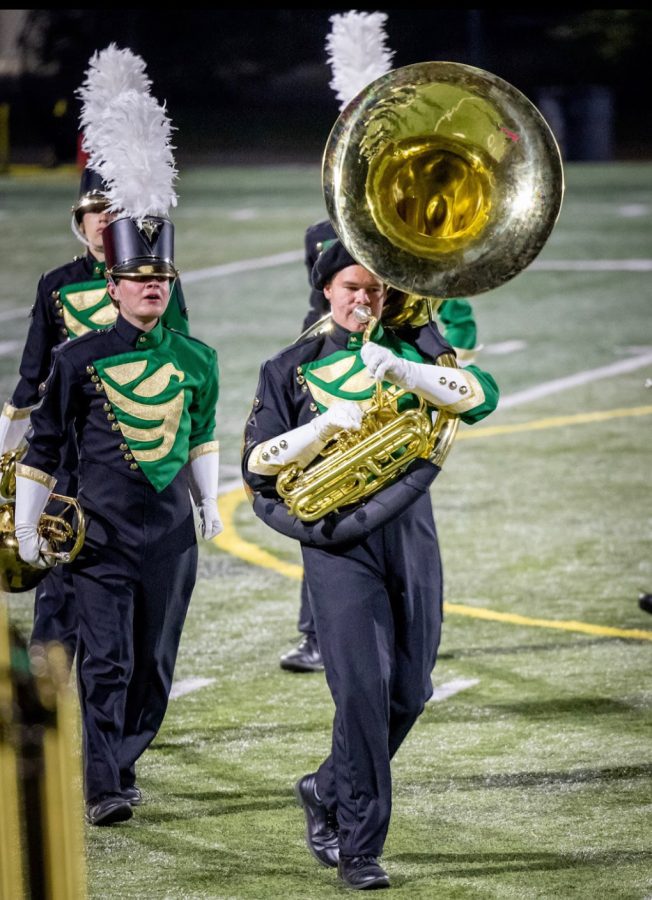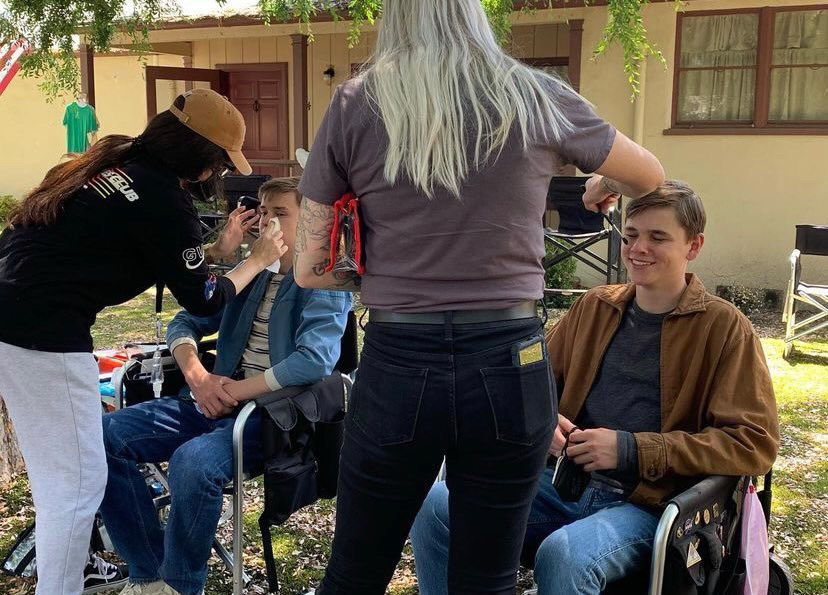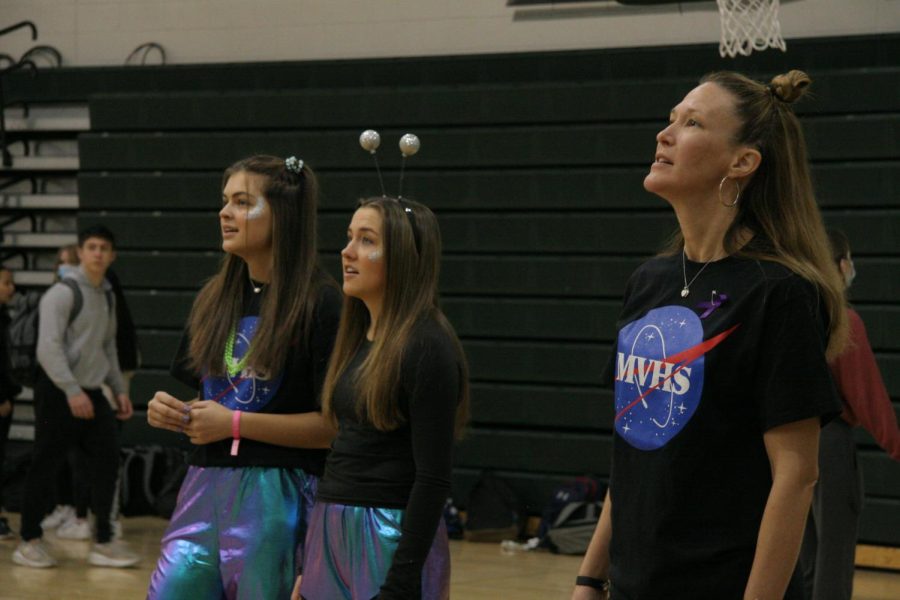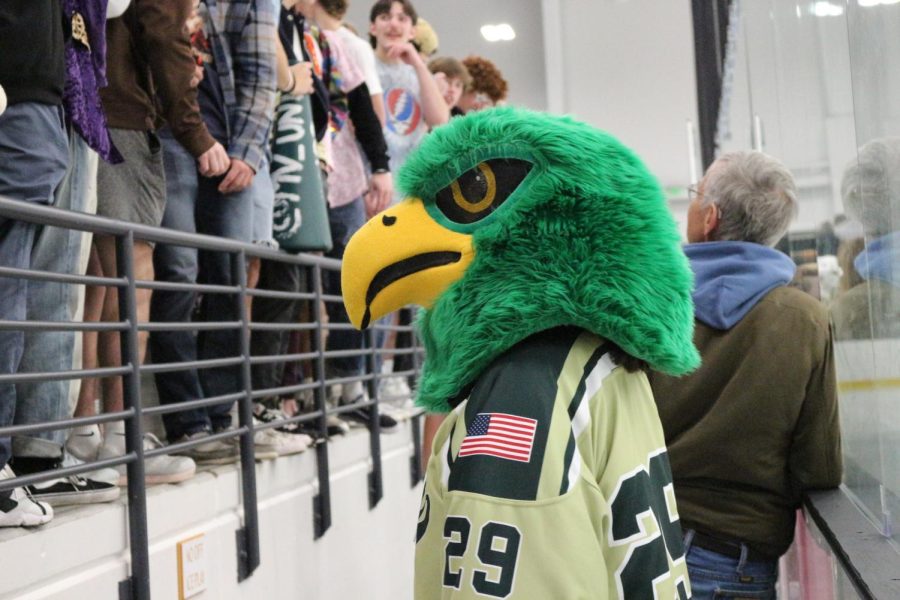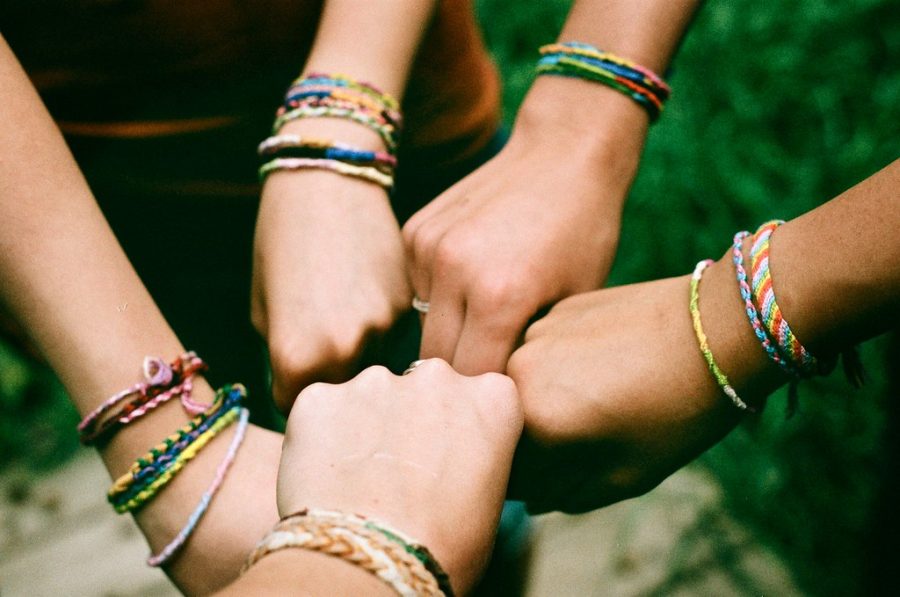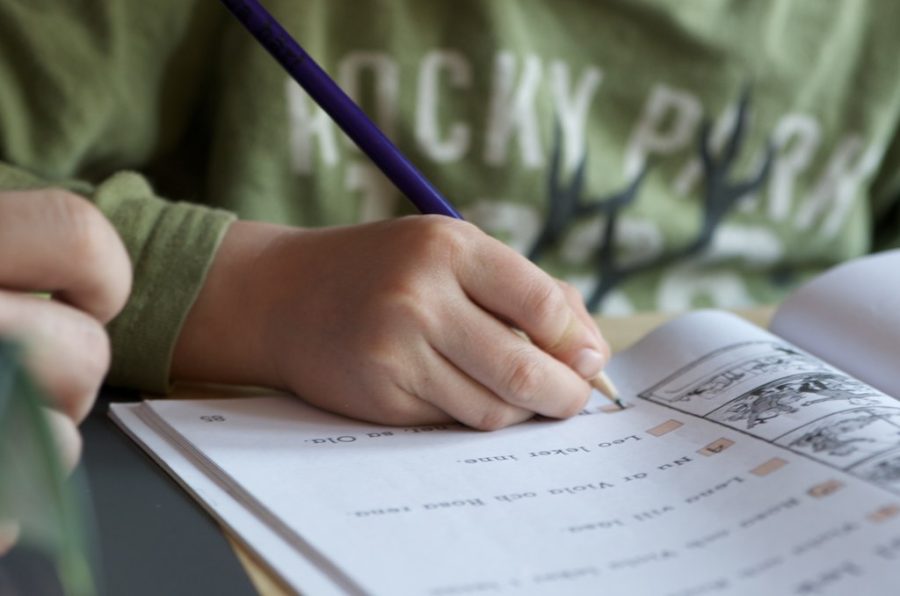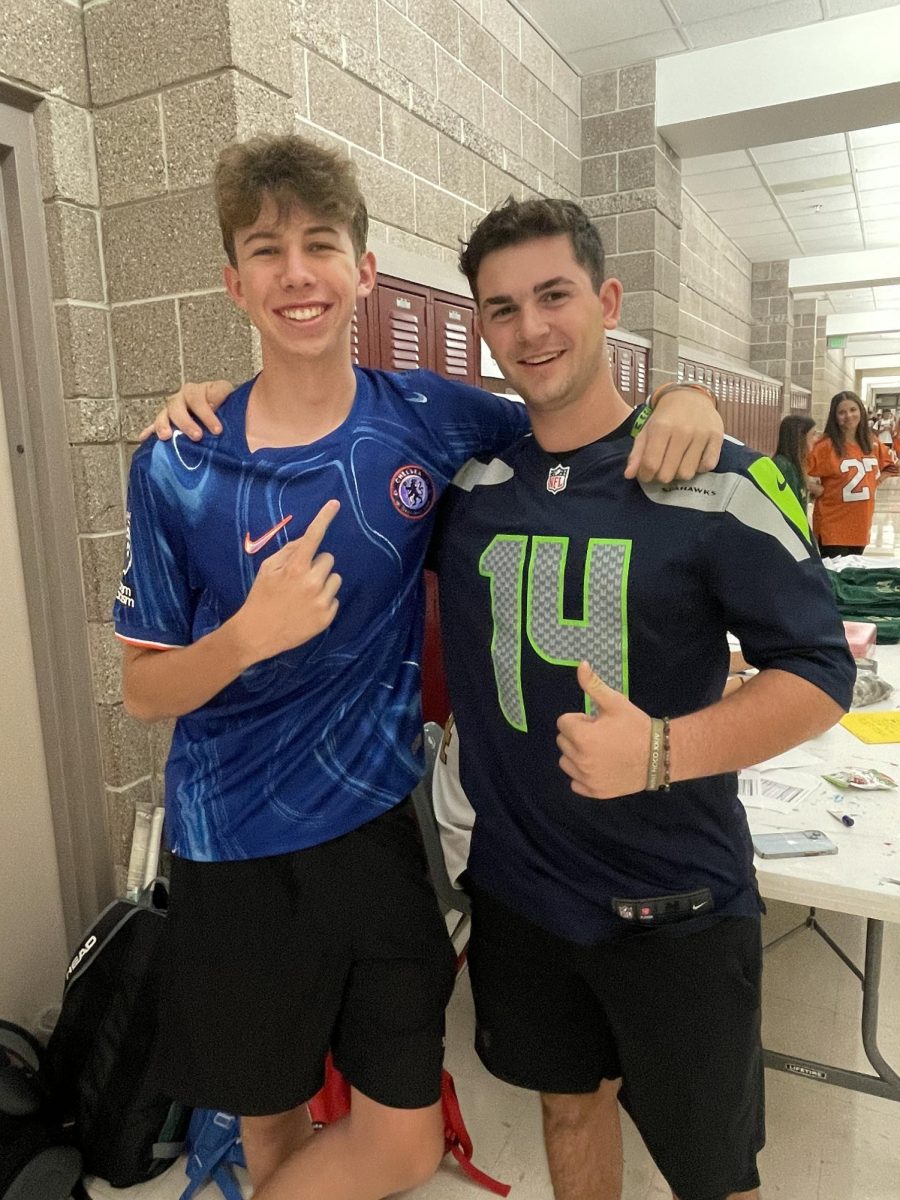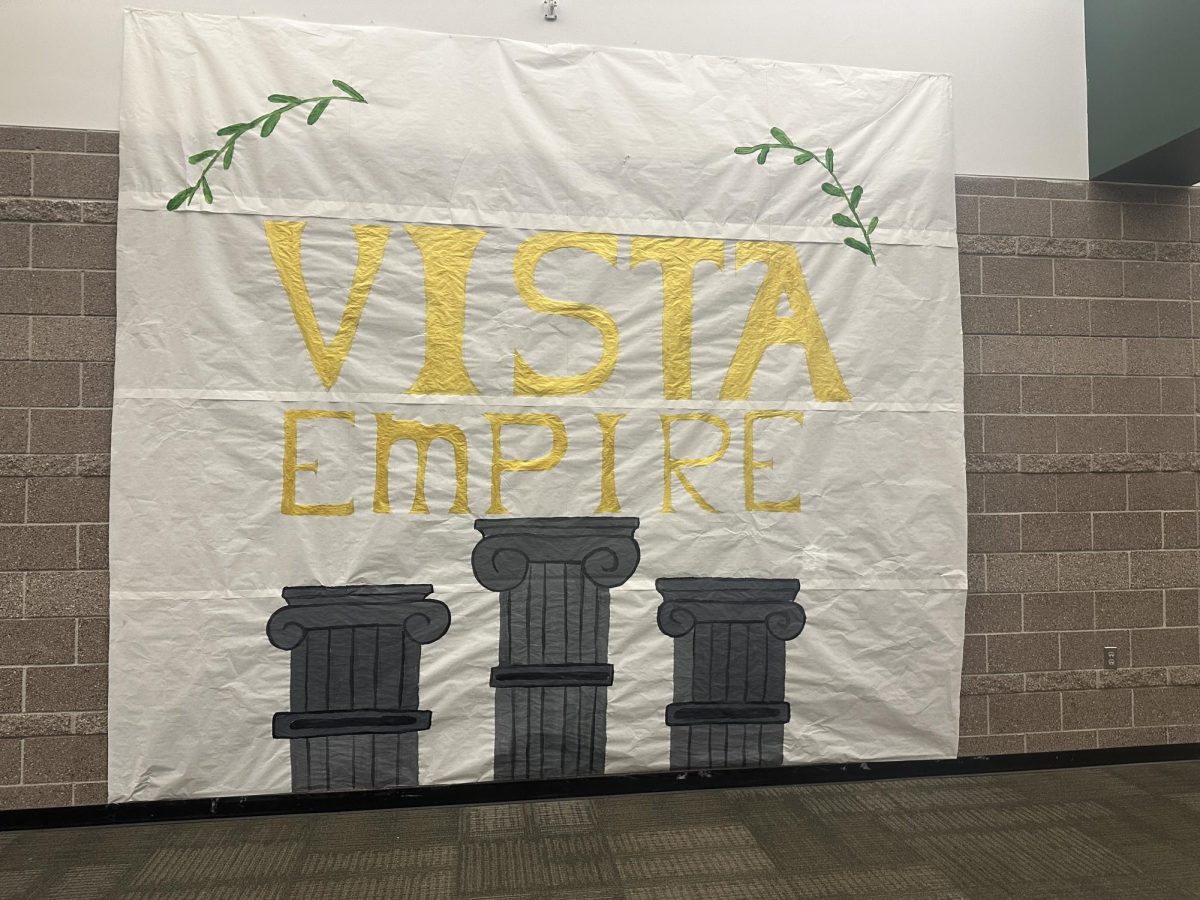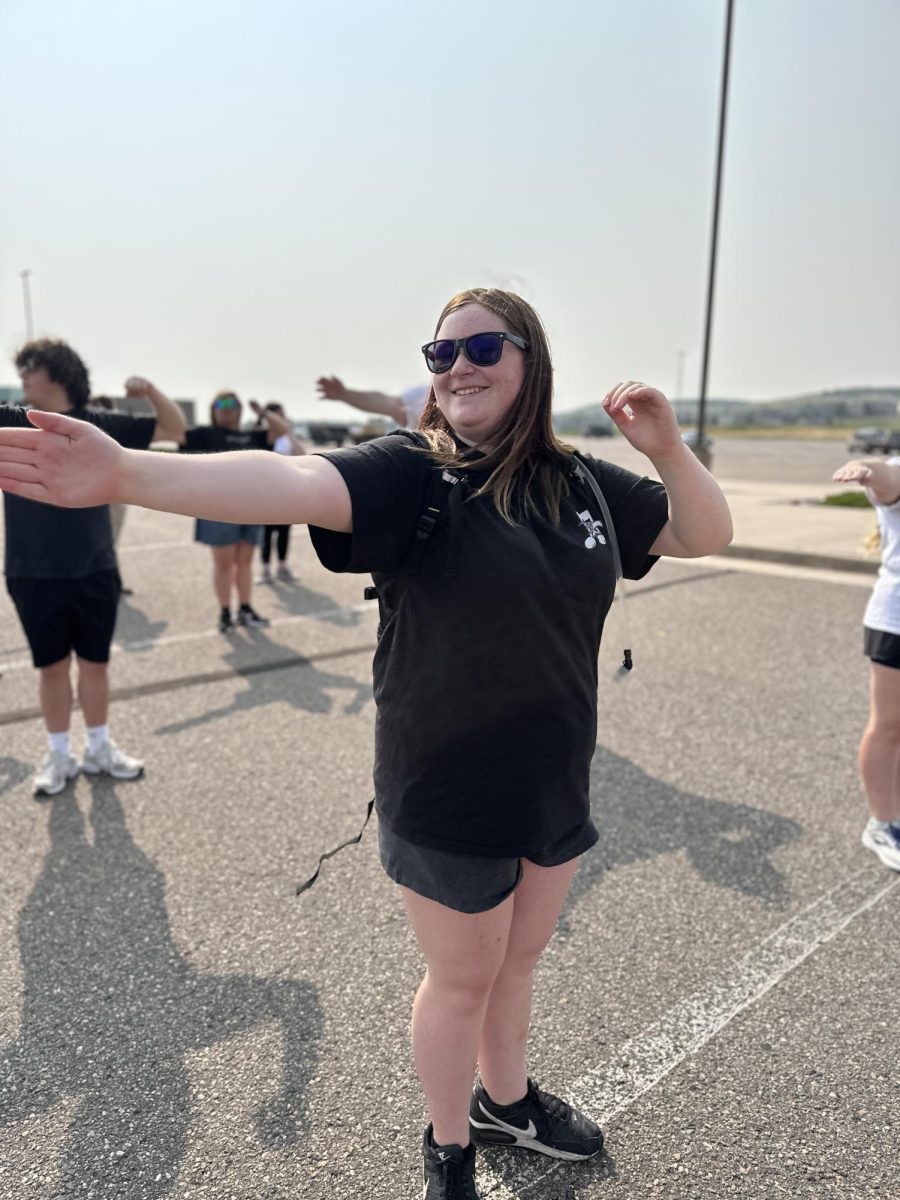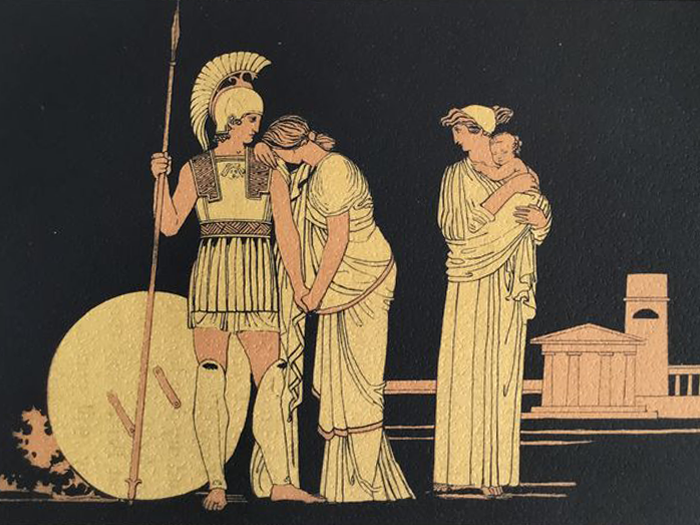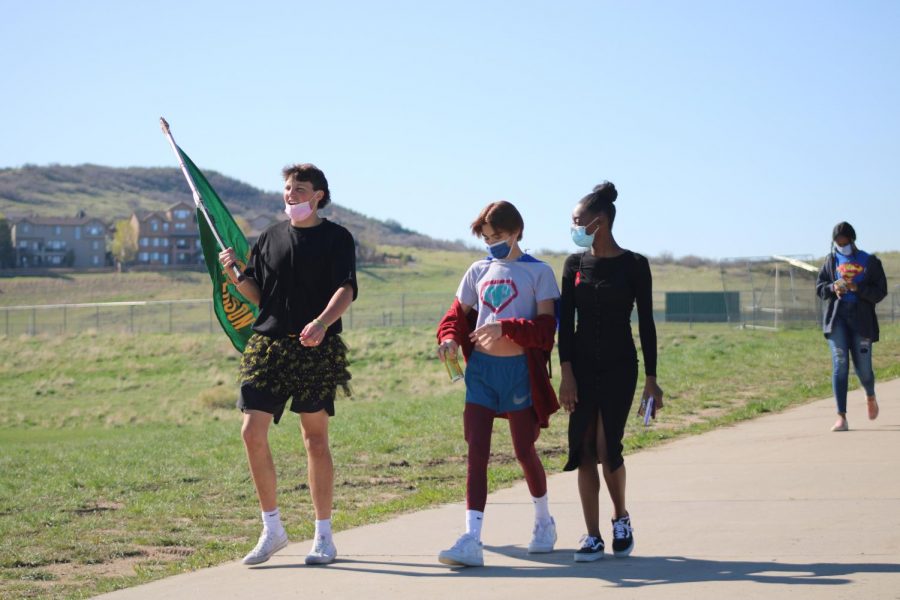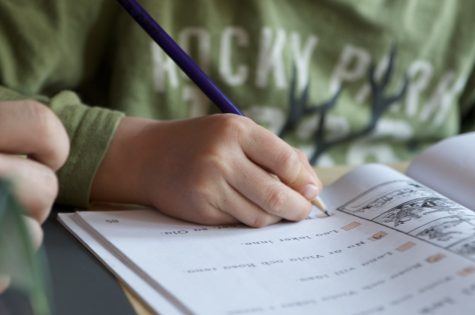You’re Not My BFF
“What did you do with the friendship bracelet I got you?” I say, confused as her birthday was weeks ago and I never got the other half of the bracelet back.
“Oh I gave it to my best friend,” she says, like it’s obvious.
“Oh you mean it’s not me,” I think, “I’m not the best friend? I’m so confused; wasn’t I the one that gave you the bracelet? Am I just not good enough? Why can’t I have what they have?”
The media’s portrayal of best friends through books and television creates unhealthy standards around friendship in younger girls.
The term Best Friends Forever (BFF) was first popularized after its use as slang on instant messaging apps in the 1990s. The term has stayed present throughout the decades, becoming a staple in elementary and middle school relationships.
While the term is new, the concept has been around for ages. Research based on reproductive strategies that affect social behavior suggests that “females invest more heavily in a few, high-quality and time-consuming friendships,” otherwise known as best friends.
Adult best friends are almost always portrayed as two women that know everything about each other. Having close friends is natural and should be represented in the media. However, these friendships can be damaging when it is a child’s only representation of friendship.
TV shows, social media and books are all filled with references to best friends and strong relationships, making it seem like it’s normal to have one or two best friends. Children take this information and assume that if they don’t have a best friend they aren’t normal.
Almost every piece of media targeted at younger girls involves friendships. This leads young girls to want that exclusive type of friendship, whether it’s because they want to have fun, or because they want to be seen as “normal.” Because girls are desperate for this type of connection, the relationships formed are often short-lived. A study on childhood relationships notes that “best friend nominations” fluctuate between a one to six month period.
Frequently these young girls’ best friendships are one-sided, leading to unhealthy views on friendships and low self-esteem. When these habits start so young, they tend to die hard. Young children figure out what a friend is supposed to be according to a ‘tween novel’ or Disney Channel show and that ideal will stick with them. Later in life, it can damage work relationships, friendships, and romantic relationships. Scientists followed people from their adolescence into early adulthood and found that healthy peer relationships in childhood translate to creating strong and successful long-term adult relationships.
By allowing young children’s view of friendships to be shaped by unrealistic media and simple childhood friendships, they are set up for failure in relationships in the future. Helping children identify healthy traits in relationships and setting up realistic standards around friendship allows for this problem to be solved. Healthy friendships aren’t forced and aren’t represented by bracelets.


